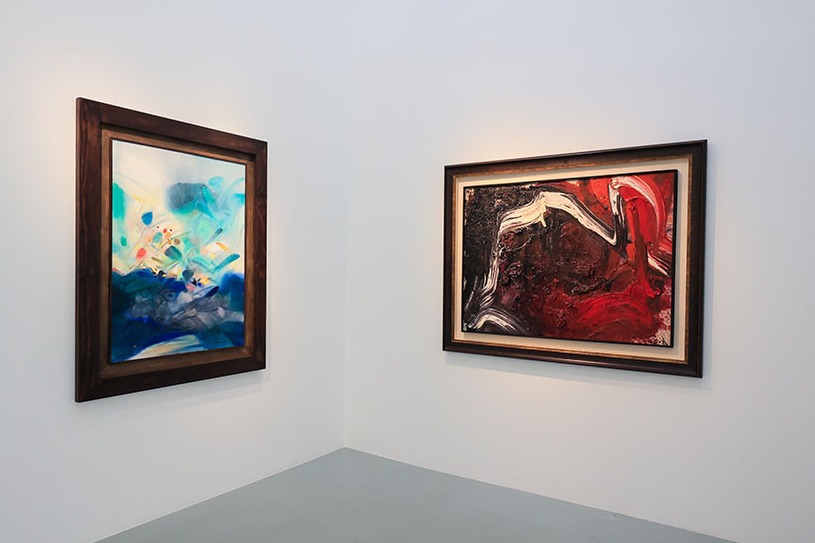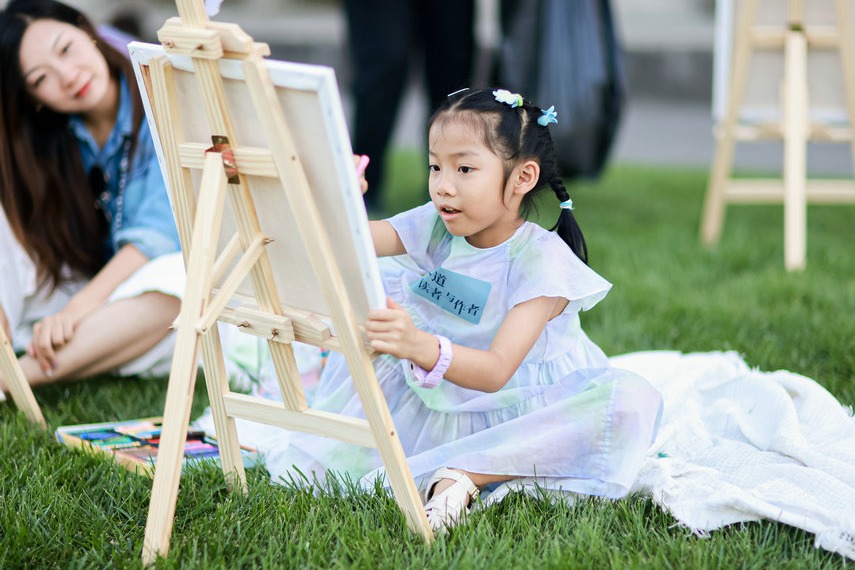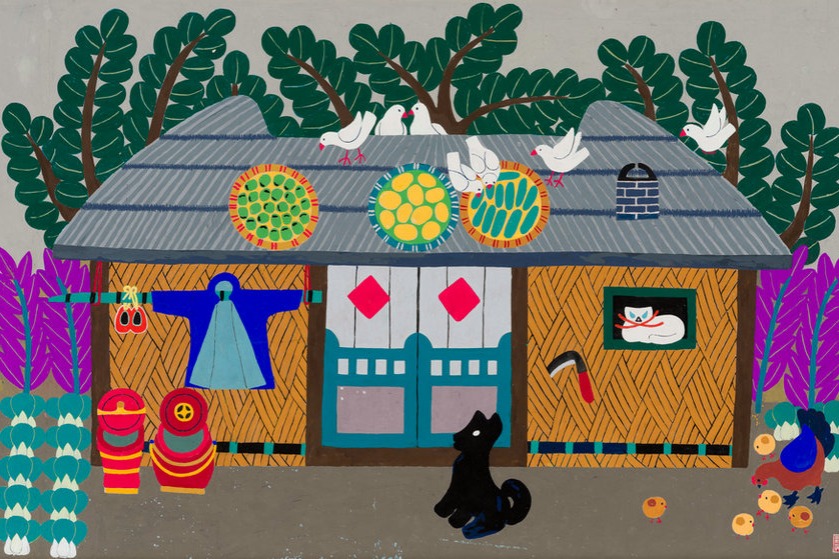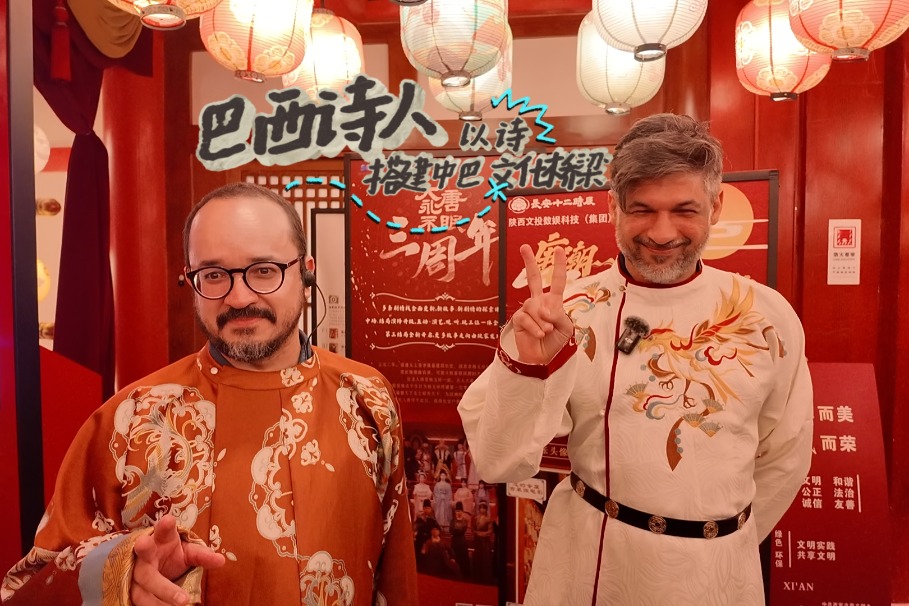Importance of the 'superfluous'

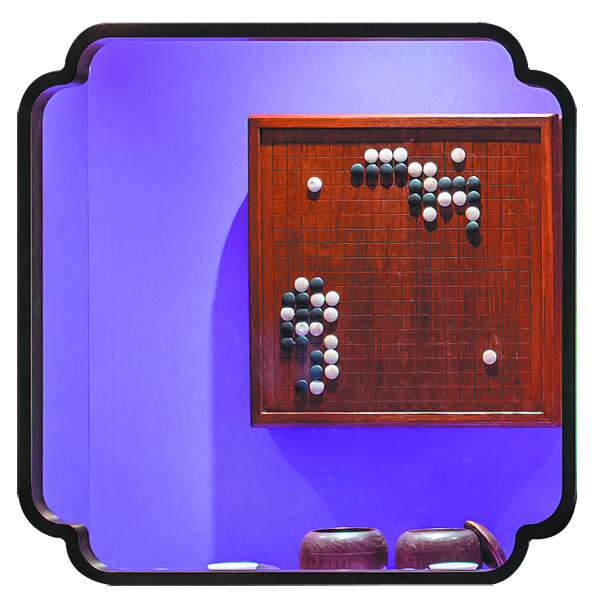
To any rigorously trained and self-conscious Confucian, self-cultivation was no trivial matter, and neither were the activities that made it possible. For this reason, the "superfluous "demanded careful attention.
"You are what you wear — Wen Zhenheng seems to have believed this too," says Lyu, noting that Wen's book devoted an entire section to clothing. "But more than that, he believed you are also defined by what you place in a vase in your study, what you hang upon the wall, and what you choose to sit or sleep on. These are the very choices we continue to make today. That is why his book remains relevant, and why this exhibition holds meaning for our visitors."
When it came to matters of taste, Wen Zhenheng leaned toward the time-honored — beauty shaped by age and use. He imagined, for instance, a seven-stringed Chinese zither whose black lacquer surface, dulled by countless hands, had developed a patina "polished and slippery as ancient wood".
"Better the weight of antiquity than the whim of fashion; better the grace of simplicity than the pretense of craft; better the virtue of frugality than the stain of vulgarity" — Wen Zhenheng's principles were clear.
According to Lyu, what Wen Zhenheng almost certainly had in mind was the culture of extravagance that pervaded the late Ming society he lived in.
"During the Ming Dynasty (1368-1644), Suzhou emerged as the economic hub of southern China. The city's prosperity brought immense wealth and fostered a taste for excess, evident not only in the lavish lifestyles of its elite but also in the intricate and ornate creations of its many arts and crafts workshops," says Lyu.
"Wen Zhenheng, seeing himself as the torchbearer of a literati tradition embodied in his family's legacy, wrote the book as a warning. What was at risk, in his eyes, was not simply taste, but the moral life that connected his contemporaries with the cultural heritage of the past."
Early in his book, Wen Zhenheng turns to plants — orchids, chrysanthemums, bamboo and more. In total, he discusses 46 species, describing the character of each and the best ways to tend them, with the authority of a seasoned gardener. One can easily imagine the countless hours he himself must have spent in his own garden.


















